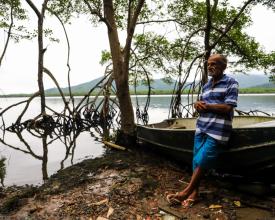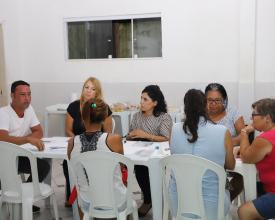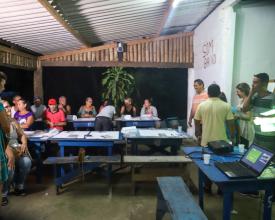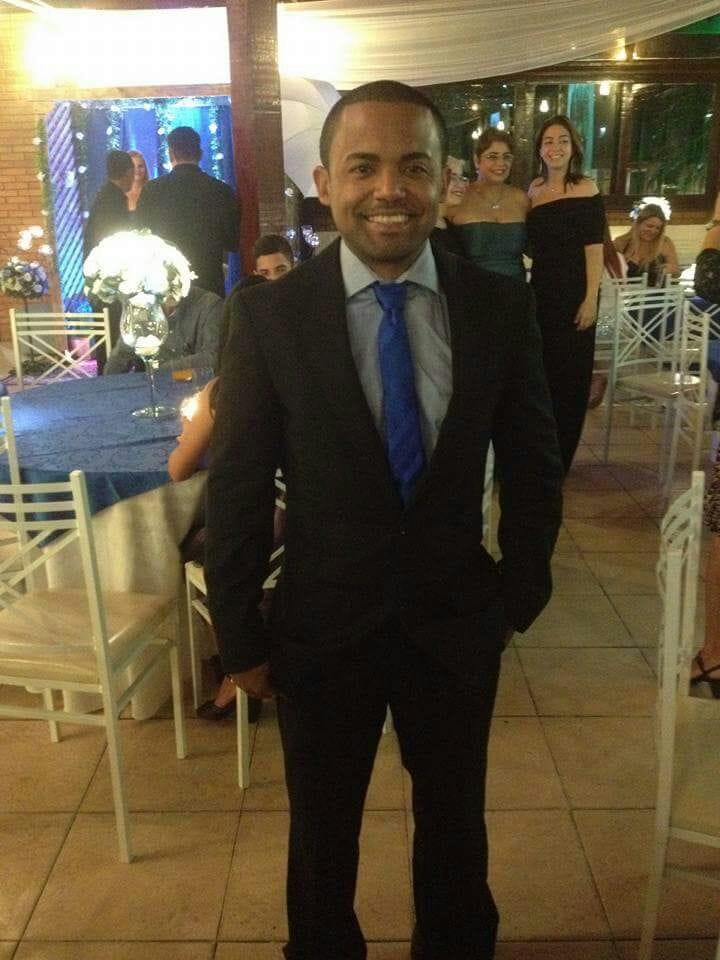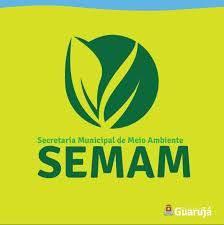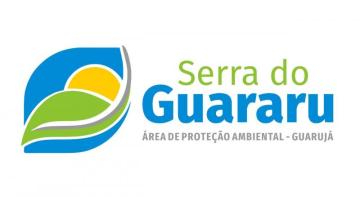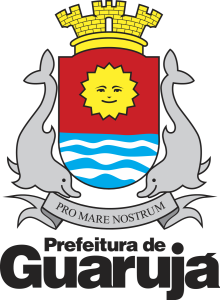
APA - Serra do Guararu
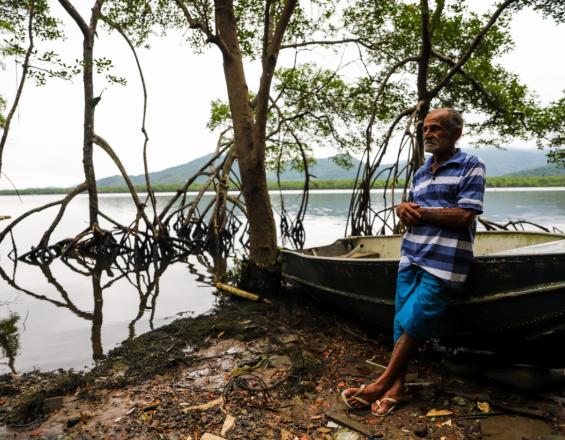
This project focuses on preserving the region's natural ecosystems, protecting endemic species, encouraging scientific research, conserving soil cover, environmental services, environmental and cultural heritage, and promoting sustainable tourism. These tools come to try to counteract the effects of existing and current problems such as: Convincing the public power and the community of the importance of preserving the aforementioned and establishing a protected area - APA-, the situation merited an imperative and urgent plan of creation of APA in order to avoid clandestine occupations and establishment of criminal networks, illegal deforestation, predatory hunting, pollution and environmental deterioration.
Given this panorama of diverse and diffuse problems, this project has taken on enormous relevance as a truly successful case that could be replicated in other areas.
Context
Challenges addressed
Among the challenges we can mention:
- Growing tourism and real estate industry/uncontrolled urban construction.
- Irregular vegetation removal
- Preservation of representative specimens
- Protection of endemic and / or endangered species
- Preservation of environmental services
- Dumping of sanitary waste in nature
- Preservation of environmental, archeological, aesthetic, landscape, and cultural heritage.
- Development of sustainable tourism
Location
Process
Summary of the process
While it is true that a good operation, management and deliberative supervision by the Council is a fundamental tool in the implementation of the project, it would not have been possible without the financial support from the terms of conduct adjustment and environmental compensation, i.e. in this case, both elements have contributed their part that then in an integral way has allowed this case to be today, an example of replication in other areas, good management, a correct and sufficient financing, make up here an inseparable binomial.
Building Blocks
High degree of involvement of the Council with society
The level of involvement obtained was very significant, strengthening the interaction, the relationship with the process of implementation and management of the APA as well as in the performance of the councilors, their organizations of origin, the sector represented in the Council, and other social actors and society in general.
Enabling factors
This was possible thanks to the direct insertion of the actors within the APA and its deliberative nature, it was also possible thanks to having introduced a process of building and reinforcing trust between the parties to counteract the effects of previous conflictive situations on land use and it is for this reason that the involvement of the councilors was an element present from the beginning.
Another favorable factor was the monthly frequency of the Council meetings.
Lesson learned
The monthly meetings have proven to be an important tool to favor and encourage the participation of the management body, and it has also been learned that the quick response to the problems raised by the board members promotes a great feeling of inclusion in the participatory process.
Sustainable financing from terms of TAC behavioral adjustments and environmental offsets
In order to financially sustain the project, a plan has been implemented to obtain resources from the terms of conduct adjustment (TAC) as well as environmental compensation; however, the TACs do not have a specific allocation for APAs and the Municipal Environmental Fund as the destination of payments, As they are recent, they do not yet have fixed disbursement criteria, so financial resources derived from the Iporanga and Tijucopava plots are used for the suppression of irregular vegetation and occupation without environmental licenses, thus allowing for the purchase of a 611-hectare reserve.
Enabling factors
This has been possible, in part, thanks to:
- The co-responsibility in the performance of the Council.
- The fluent communication within and outside of this organization
- The Council's commitment to society
- The Council's operational efficiency
- The effectiveness in the management of the APA
- The effectiveness of the APA for conservation and sustainability.
Lesson learned
From this we have learned that the fluid, constant and consolidated communication in the Council has allowed better communication campaigns for a better understanding of the needs of the different communities, and a greater understanding and reduction of tensions in a previous scenario, thus achieving the promotion and awareness of the need to protect the natural and cultural heritage, etc. of the region.
Impacts
Environmental: Creation of beach cleaning campaigns, courses on how to take care of the historical heritage, pet spaying and neutering campaign, recovery of marine fauna.
Social: Convincing the municipality and society of the need to create the APA, good decisions taken in repeated team meetings, high degree of involvement and participation, consolidation of good practices.
Economic: Efficiency of the deliberative council in terms of the economic decisions taken to finance and oversee the project, income from lot allocations, terms of behavioral adjustment, environmental compensation.
Beneficiaries
- The communities that inhabit the Guararu Mountain Range
- The municipality of Guarujá
- The environmental, archeological, landscape and cultural heritage.
- All stakeholders involved in the project
Sustainable Development Goals
Story
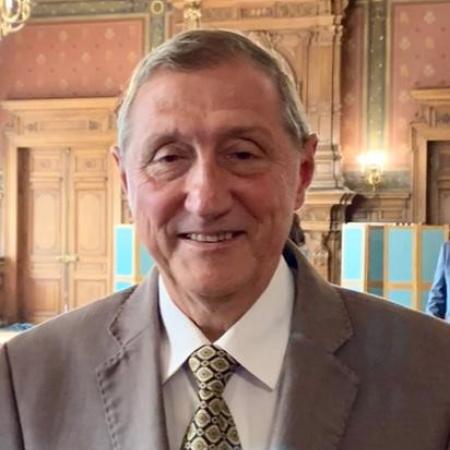
I am João Leonardo Mele, President Director of the Socio-environmental Institute - ISSA - my role in the project was to idealize the creation of a Conservation Unit in Guarujá, in an area of great environmental, social and cultural importance with the support of partners who had the same objectives of protecting local natural resources. We acted directly in the formation of the management councils, which have representation from government agencies and civil society, as well as in the establishment of the Internal Regulations, which allow the collegiate to function. The success here is given by the shared management of the protected territory, with consistent deliberations, oversight by the councilors and, consequently, an improvement in inspection and development of coordinated and participatory actions involving the different sectors of the Municipality. A method of joint work and with citizen participation that has allowed the achievement of the proposed objectives. I would like to emphasize that the success of this APA is inspiring and allows the creation of another Conservation Unit, which will lead the city to have one of the largest urban environmental corridors, it is worth noting that the initiative to create the protected space was not motivated by the Public Power but was driven by civil society through the ISSA.
Note: The systematization of this case was carried out by the International Union for Conservation of Nature (IUCN). The case was highlighted in a call for experiences in management of Municipal Conservation Units in Brazil, carried out by ICLEI South America in 2018. For more information: http://sams.iclei.org/es/que-hacemos/proyectos-en-ejecucion/areas-protegidas-locales/brasil.html
IUCN and ICLEI's actions were within the scope of the regional project Protected areas and other area-based conservation measures at the local government level, and had the financial support of the Deutsche Gesellschaft für Internationale Zusammenarbeit (GIZ) GmbH. The regional project is implemented by the Ministries of Environment of Brazil, Colombia, Ecuador and Peru, and GIZ, in cooperation with ICLEI and IUCN. The regional project is supported by the German Federal Ministry for the Environment, Nature Conservation and Nuclear Safety (BMU) within the scope of the International Climate Initiative (IKI).

